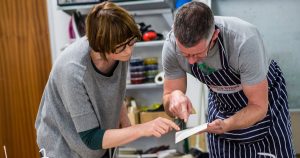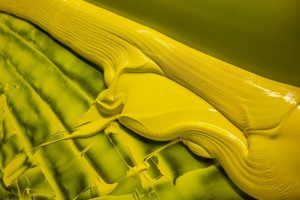Can you remember your worst teacher? I don’t mean the one who couldn’t keep the class quiet, or the one who bored you to tears, or even the one, like my husband’s, who found himself during the summer holidays and returned to school with a kaftan and a passion for mystic religion replacing his previous one for mathematics. I mean the one who messed up your confidence with a few chosen words.
Advertisers love us to get all warm and fuzzy remembering our best teachers. Hopefully you have at least one, I was fortunate in having a couple, and of course they are a wonderful thing. Where would I be without Dr. Sullivan’s engaging ability to make sense of written English or Miss Fountain’s generosity with the art supply cupboard and her blind eye? But these are never the teachers I get to hear about in my classes. Students never say ‘I’m here, keen and confident thanks to Mr Woolford’s encouragement in applied woodwork’. Rather they say saddening things like ‘I can’t draw’ or ‘I’m so sorry, I’m hopeless with design’ or even ‘I’m not sure I can do this’.
Nine times out of ten there’s a teacher at the back of it and I sympathise, I really do. To this day I would almost rather starve than speak French. Madame Wharton did for me. Elegant Parisienne trapped inside the nightmare of an English boarding school facing badly dressed and clumsy girls, she took out her frustrations on us and left me unable to mutter une seul mot.
These days my job as a teacher sometimes involves unpicking this kind of damage done long ago. It’s not easy and it takes time, but the good news is that there’s always the same outcome: the teacher’s words are never accurate, never the truth.

I’ve yet to meet one student who comes to a class and really can’t do it; who is actually unable, given the right help, to design or draw something interesting and worthwhile. I don’t believe they exist, but plenty of my students arrive convinced they are that very person.
I don’t aspire to be one of the memorable teachers, the people who come to me are too grown up and independent to need that. But I do hope to occasionally be the one who gets to release the iron grip of a bad teacher. It’s just so damn satisfying to prove their idiot words wrong and see the student blossom.
This week on Ask an Artist podcast we discuss teaching, its benefits and pressures and how to decide whether to add teaching to your list of skills as a working artist.
